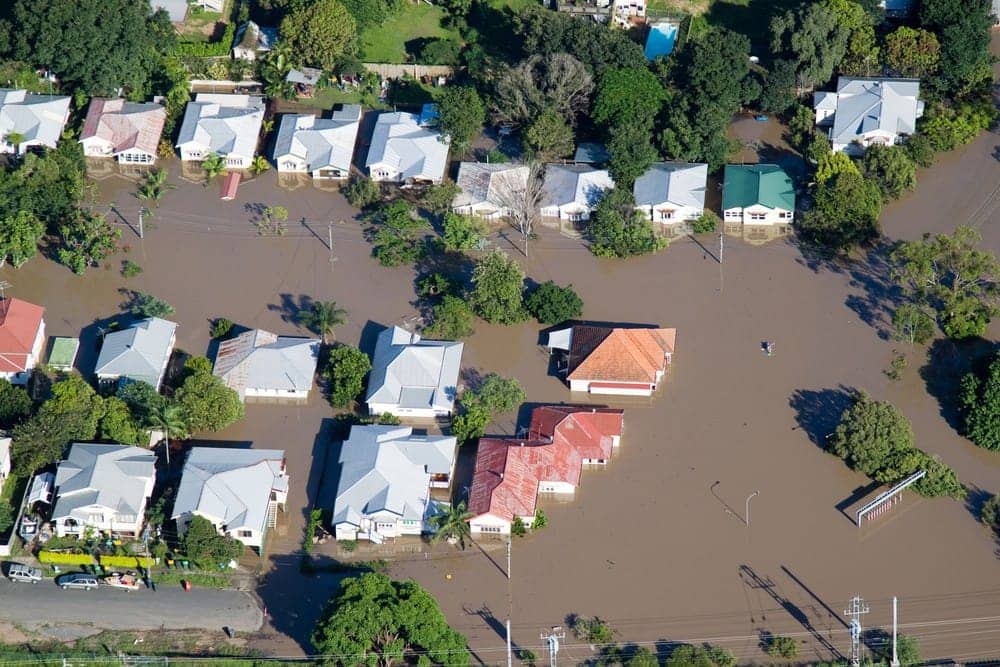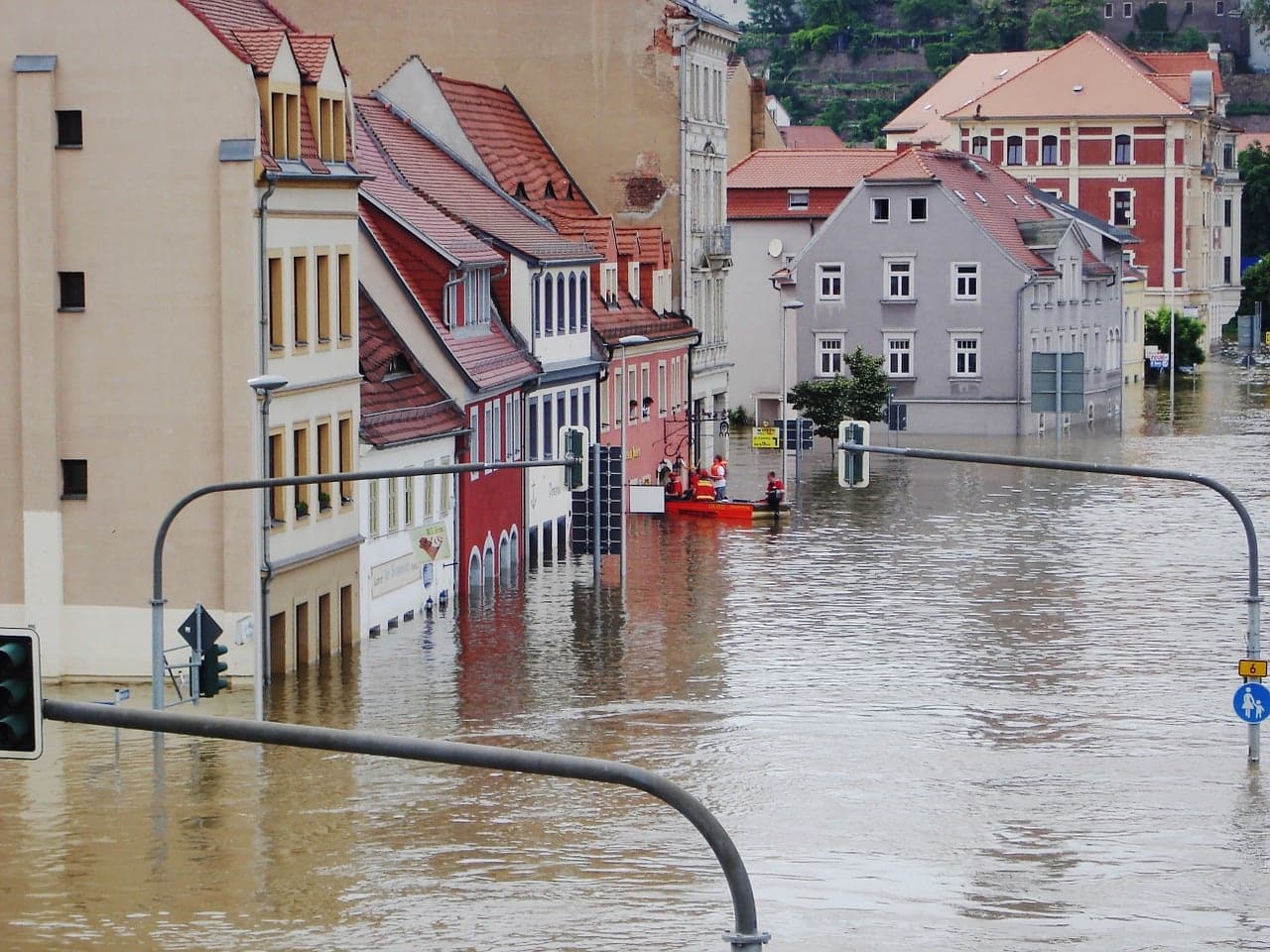Learn How Flood Insurance Really Works
Flood insurance, you may think, is first and foremost meant for people who live near rivers or creeks, or on the coast. (And, oddly enough, those who live in these areas often believe that they don’t qualify for flood insurance because of the high risk factor.)
Neither is true.

Floods are the most common and costly natural disaster. And contrary to common belief, flooding is not restricted to hurricane-prone areas or large bodies of water, in fact, about 25%of all flood-related claims come from low to moderate risk areas.
A “flood” is defined as a general and temporary condition of partial or complete inundation of normally dry land areas from:
- The overflow of inland or tidal waters.
- The unusual and rapid accumulation or runoff of surface waters.
- Mudflows caused by flooding.
Floods can happen in the desert, during snowmelt, in developed areas or anywhere the ground is hard and does not absorb excess water. Erosion or inadequate drainage can also lead to floods or mudslides.
Flooding can damage the foundation, structure, walls, floors and furniture of a home. But damages due to flooding are exclued on a standard homeowner’s policy! Federal disaster assistance, which is really a low-interest loan, is only available if the flooded area is declared a natural disaster. Most floods aren’t.
Flood insurance can protect you. It covers direct physical losses and damage to the building, and damage to your personal property. Flood insurance is intended to protect you financially in case you suffer damage caused by flooding, and helps get you back into your house as soon as possible. It covers losses due to flood, flood-related erosion, excessive waters accompanied by a severe storm flash flood, abnormal tidal surge, tsunamis, and mudflows due to flooding.
Flood insurance is available for virtually everyone: homeowners, renters, houses, manufactured homes, condos, apartments, and commercial buildings, even in a floodplain. The only caveats are:
- The building must be located in a community that participates in the National Flood Insurance Program (NFIP). Almost every community in the United States participates in this program.
Click Here for More Info… - Flood insurance is catastrophic insurance. That means that there are certain limits to the insurance provided. The maximum available coverage for residential buildings is $250,000 for the structure and $100,000 for the contents of your home, and is available starting at $355 per year.
Don’t wait until it starts raining to buy flood insurance! There is a 30 day waiting period between your application and the effective date of your coverage.
Now is the time to call McClain Insurance for your Flood coverage. Because we represent a wide variety of insurance companies, you’ll have many options choose from. You can also get the process started online right here on our website.
* Please Note: Insurance policies vary from company to company and from State to State. Not every Washington State insurance policy will include every coverage described above. Be sure to read your policy and check with your insurance agent for personalized information.

